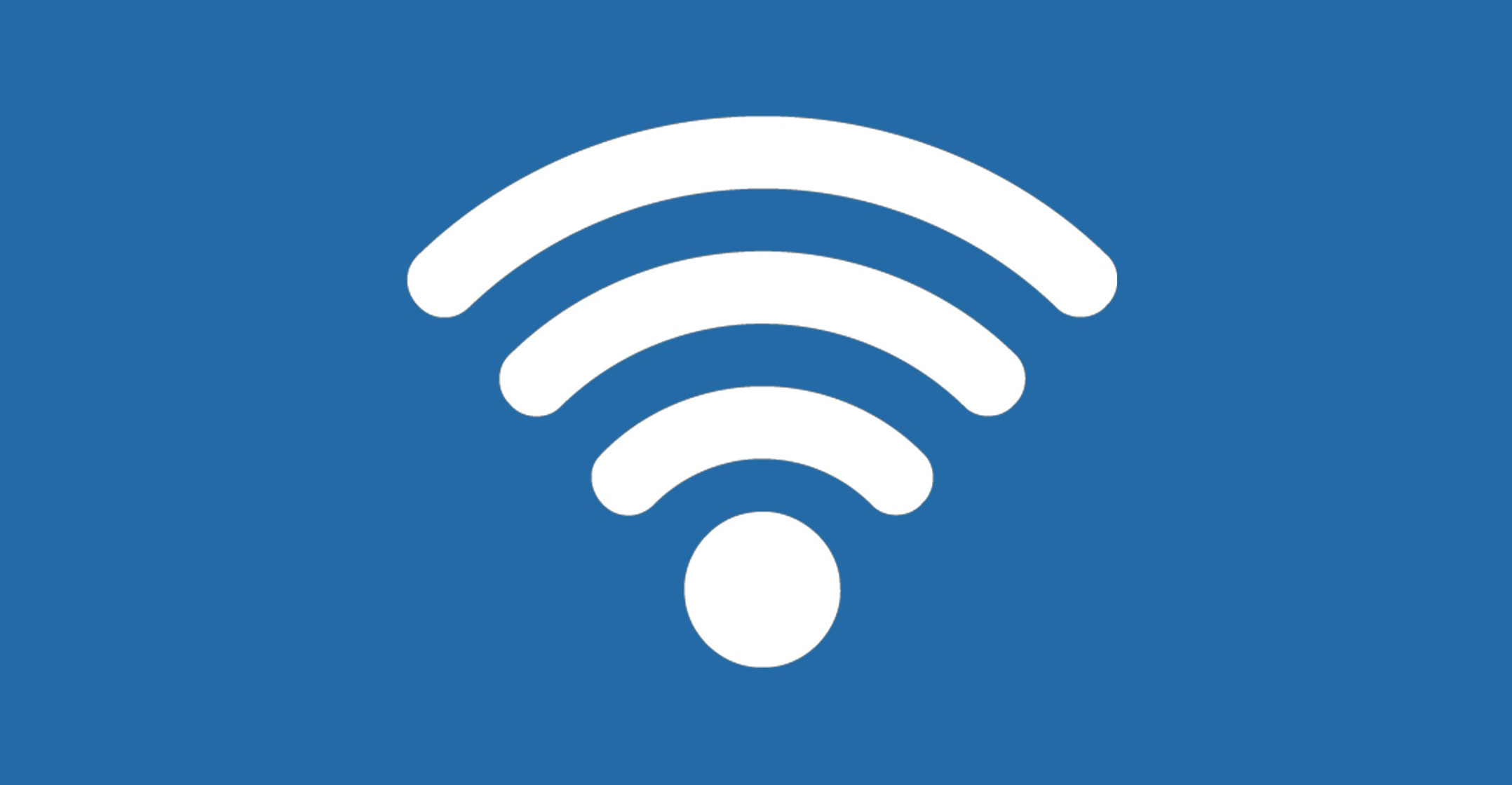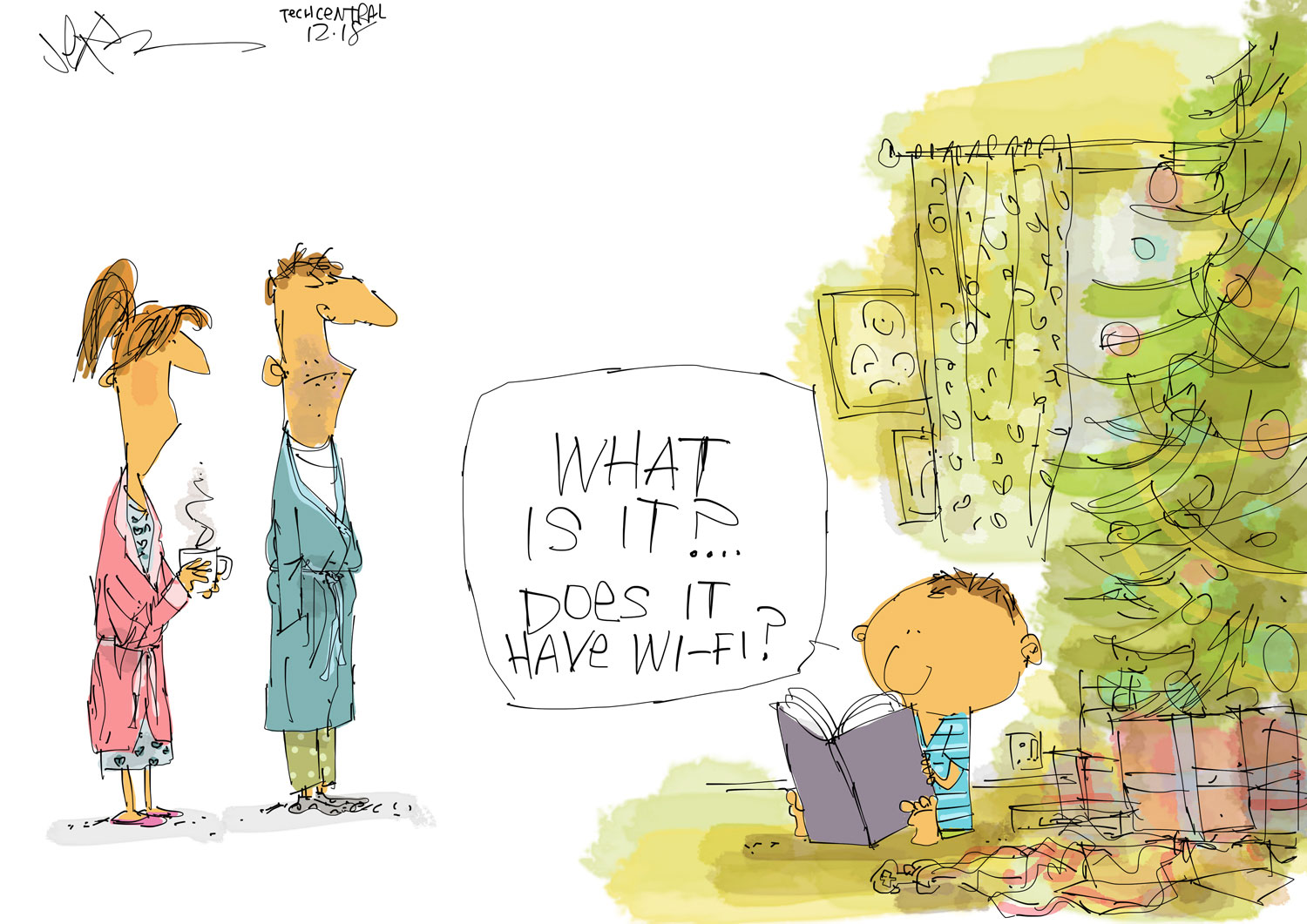 With South Africans spending more of their time on the Internet to carry out a wide variety of activities, not to mention working from home, they need to give more consideration to their home Wi-Fi networks — and rely on advice from their Internet service provider — to ensure they benefit from the best and most consistent online experience possible.
With South Africans spending more of their time on the Internet to carry out a wide variety of activities, not to mention working from home, they need to give more consideration to their home Wi-Fi networks — and rely on advice from their Internet service provider — to ensure they benefit from the best and most consistent online experience possible.
Many users tend to get confused between the Internet and Wi-Fi — using these words interchangeably — and poor or unreliable connectivity often tends to get dismissed as an “Internet problem” probably caused by the infrastructure provider or their ISP. However, it is important to note that the Internet connection you get from your provider and your home Wi-Fi network are two different parts of a broader ecosystem that rely on each other to provide the optimal Wi-Fi experience.
While users increasingly prefer Wi-Fi for its convenience (who wants to still be using cables?), user behaviour and requirements are a far cry from even just a few years ago, when you could simply connect the Wi-Fi router you got from your ISP and get on with it. In today’s homes, each user likely has multiple mobile devices, while equipment such as newer TVs and gaming consoles demand high bandwidth to display content in 4K.
It’s not the same situation in every home though, and Wi-Fi cannot simply be a one-size-fits-all solution. Rather than simply plugging in the default router and hoping for the best, users should work with their ISP to better identify their specific requirements, and then ensure that they get the best home Wi-Fi solution to match their needs. So, what do people need to keep in mind when looking to improve their Wi-Fi experience? Having a resilient home Wi-Fi network comes down to the following:
Connectivity: While dependent on what is available to you in your residential area, the type of connection that you use has a major impact on your Wi-Fi experience. Fibre to the home is the preferred option due to stability, consistency and cost, though wireless options such as fixed LTE-A and 5G are gaining in popularity. Having more than one type of connection is ideal as it provides you with redundancy should your primary means of connectivity fail. This is recommended for those who are working from home and need to ensure uptime.
Planning: Several factors need to be considered to ensure the quality of your home Wi-Fi network. These include the size of your home and the materials it is built with; the desired coverage area; the number of devices that need to be connected (adding a high number of devices to your Wi-Fi network without accounting for it can lead to congestion, resulting in limited bandwidth being available to each device); where these devices are located; and what their speed requirements are.
Considering a home mesh network can help eliminate weak signal spots, enable truly seamless roaming around your house and provide lag-free connectivity for a high number of devices. Using the incorrect or outdated equipment can also result in regular Wi-Fi connection problems. It is more efficient and cost effective to get the design right at the start, rather than spend extra money to fix your network once problems arise.
 Installation: This includes ensuring your access points are positioned in the right areas, cabling is added where necessary, and ensuring that your critical network infrastructure makes use of an uninterruptible power supply so that your network stays up even during load shedding. It’s important to note that incorrect router or access point placement can lead to a poor network (and slower speeds) as signals have to be transmitted through different materials.
Installation: This includes ensuring your access points are positioned in the right areas, cabling is added where necessary, and ensuring that your critical network infrastructure makes use of an uninterruptible power supply so that your network stays up even during load shedding. It’s important to note that incorrect router or access point placement can lead to a poor network (and slower speeds) as signals have to be transmitted through different materials.
The biggest culprits of Wi-Fi signal degradation are concrete, drywalling, wood, glass, mirrors and even fish tanks. Also keep in mind that other devices in your home, such as microwaves, TVs, baby monitors and even other Bluetooth devices can interfere with your Wi-Fi signal.
Security and control measures: Ignoring this aspect leaves your home Wi-Fi network at risk of being hacked, or just being abused. Your ISP should be able to help you to set up your home network properly, as well as guide you on getting the right security software to protect your network, devices and data.
A home WiFi solution to suit your needs
With an increasing number of South Africans working from home, having stable and secure Wi-Fi access isn’t just a nice-to-have, it is a critical necessity to carrying out their jobs or running their businesses. Rather than just taking an educated guess at matching their requirements with the technicalities of installing a secure, stable and scalable Wi-Fi network at home, they should turn to their ISP for a fully managed Wi-Fi offering if they want the best possible outcome.
Wi-Fi experts, such as the engineers from Vox, can provide you with a home Wi-Fi solution that is suited to your exact needs. They should be able to manage the entire process, from comprehensive scoping to installation by professionals, and use centralised monitoring and management tools to ensure optimised speeds and consistent network coverage throughout your home.
 They should even be able to provide you with 24/7 customer support — providing you with worry-free connectivity for all your wireless devices, ranging from smartphones to tablets, computers, smart TVs, gaming consoles and even Wi-Fi security cameras. Of course, with even more connected devices coming to the home — think of smart fridges, smart access control systems and even smart switches and plugs that can help you switch on and off lights and appliances from an app — networks will have to handle all this traffic effectively.
They should even be able to provide you with 24/7 customer support — providing you with worry-free connectivity for all your wireless devices, ranging from smartphones to tablets, computers, smart TVs, gaming consoles and even Wi-Fi security cameras. Of course, with even more connected devices coming to the home — think of smart fridges, smart access control systems and even smart switches and plugs that can help you switch on and off lights and appliances from an app — networks will have to handle all this traffic effectively.
This is where Wi-Fi 6 will make a big difference, thanks to its superior performance when it comes to bandwidth capacity, throughput speeds and even advanced functionality not available in today’s devices. It is still early days though for Wi-Fi 6 in the consumer market, with the technology only starting to appear in devices such as the latest high-end smartphones. However, we have yet to saturate the full capabilities of Wi-Fi 5, and it will take some time before there is mass adoption of the newer standard. In the meantime, shouldn’t your ISP be able to help you get the best out of your home Wi-Fi network today?
- Mike Kuczmierczyk is senior product manager for Wi-Fi and SD-WAN at Vox
- This promoted content was paid for by the company concerned




